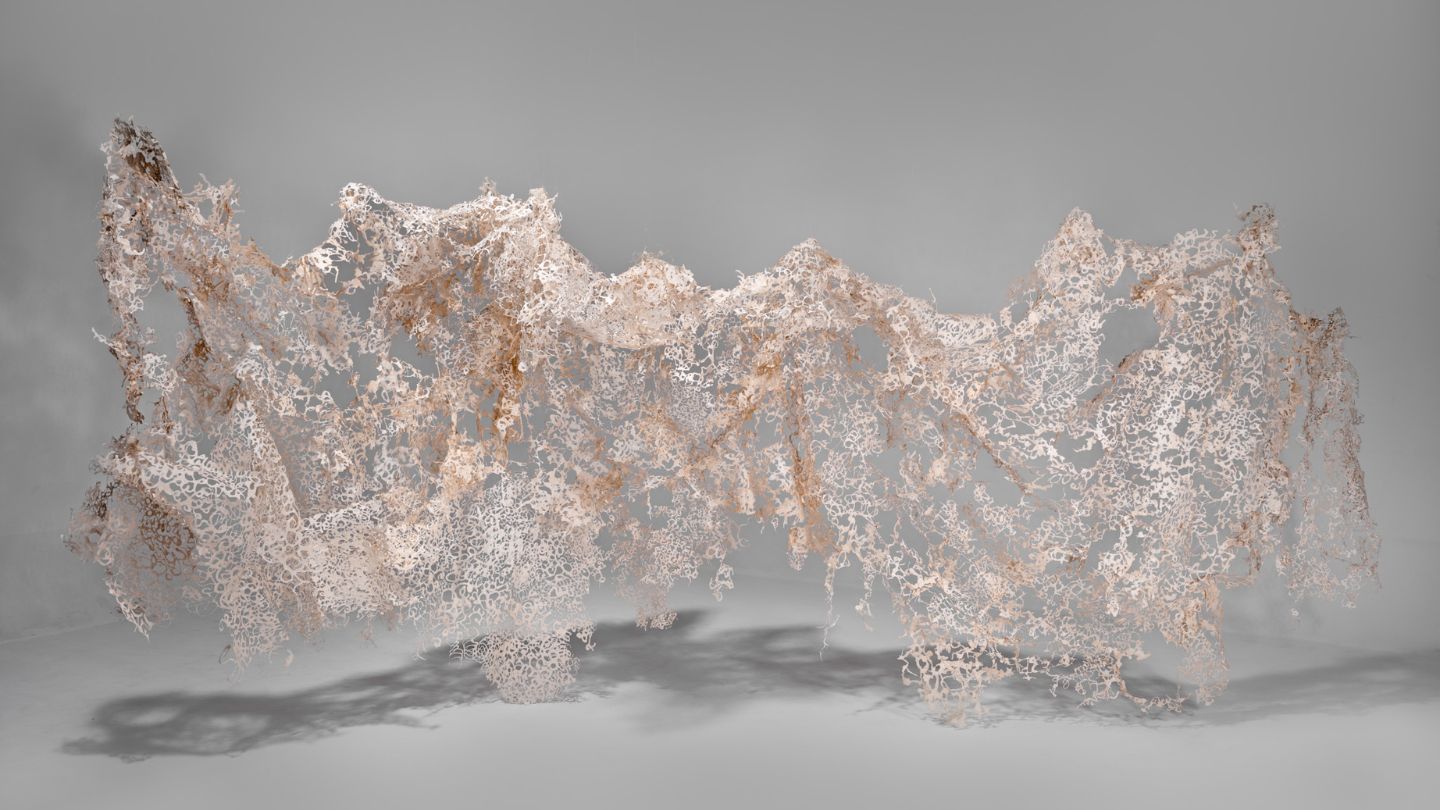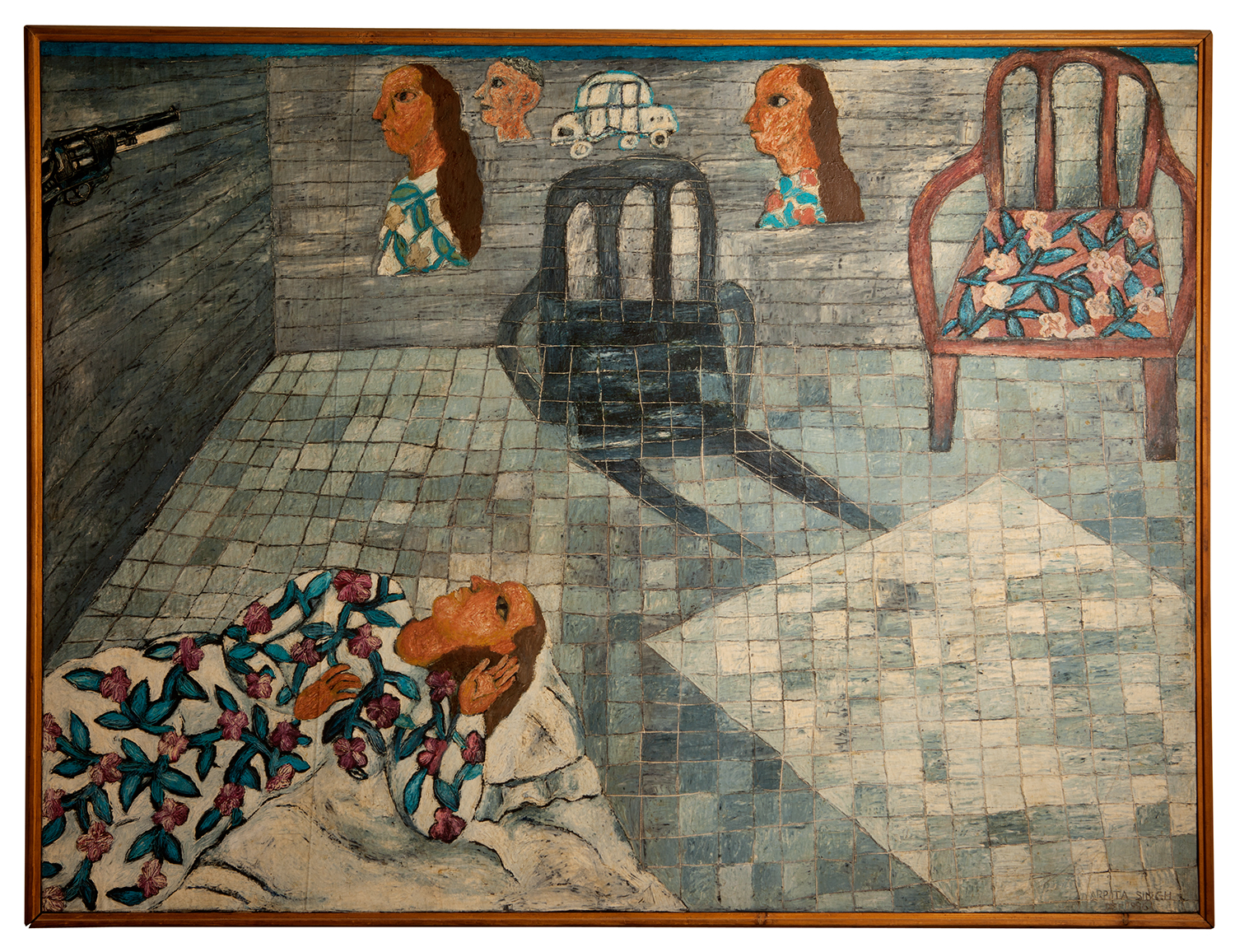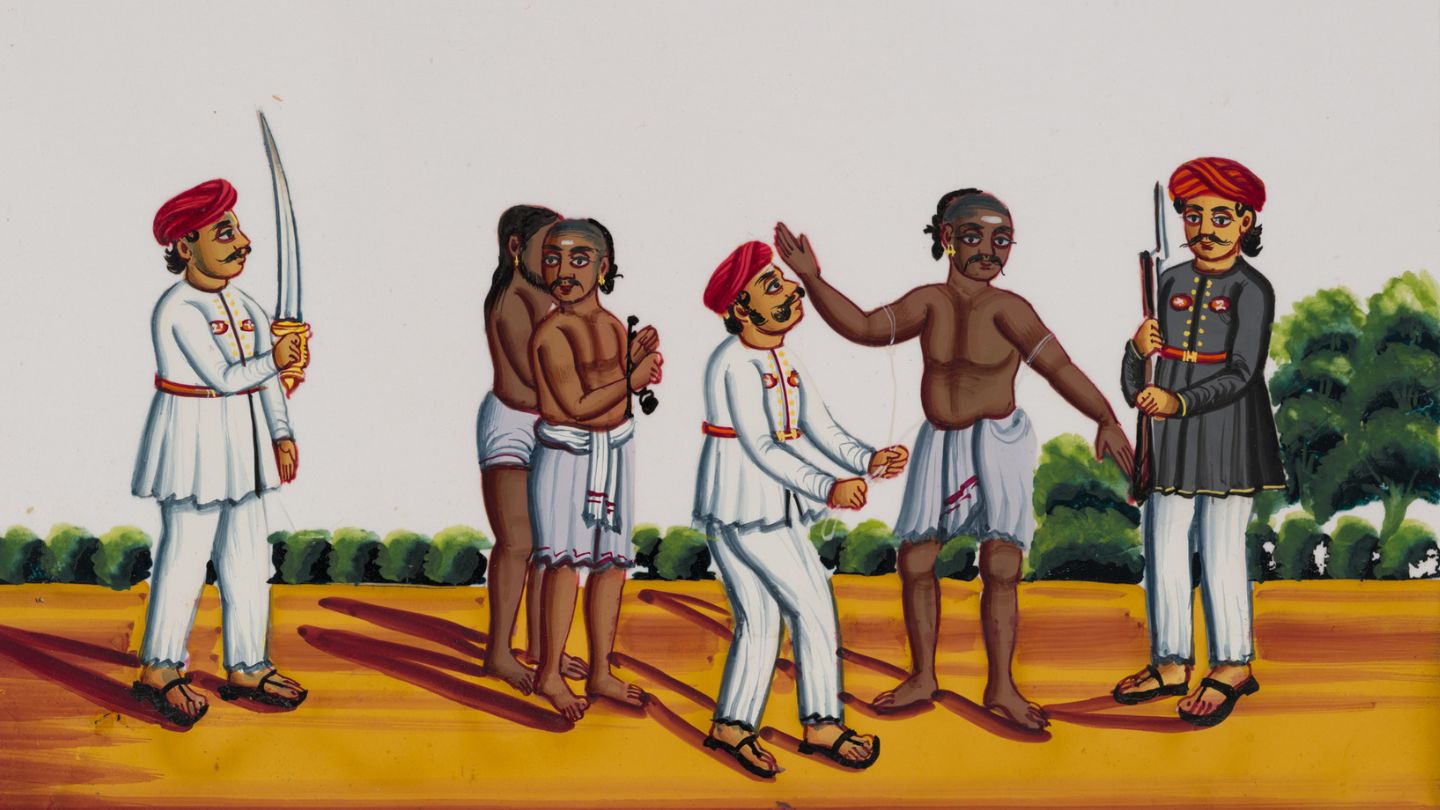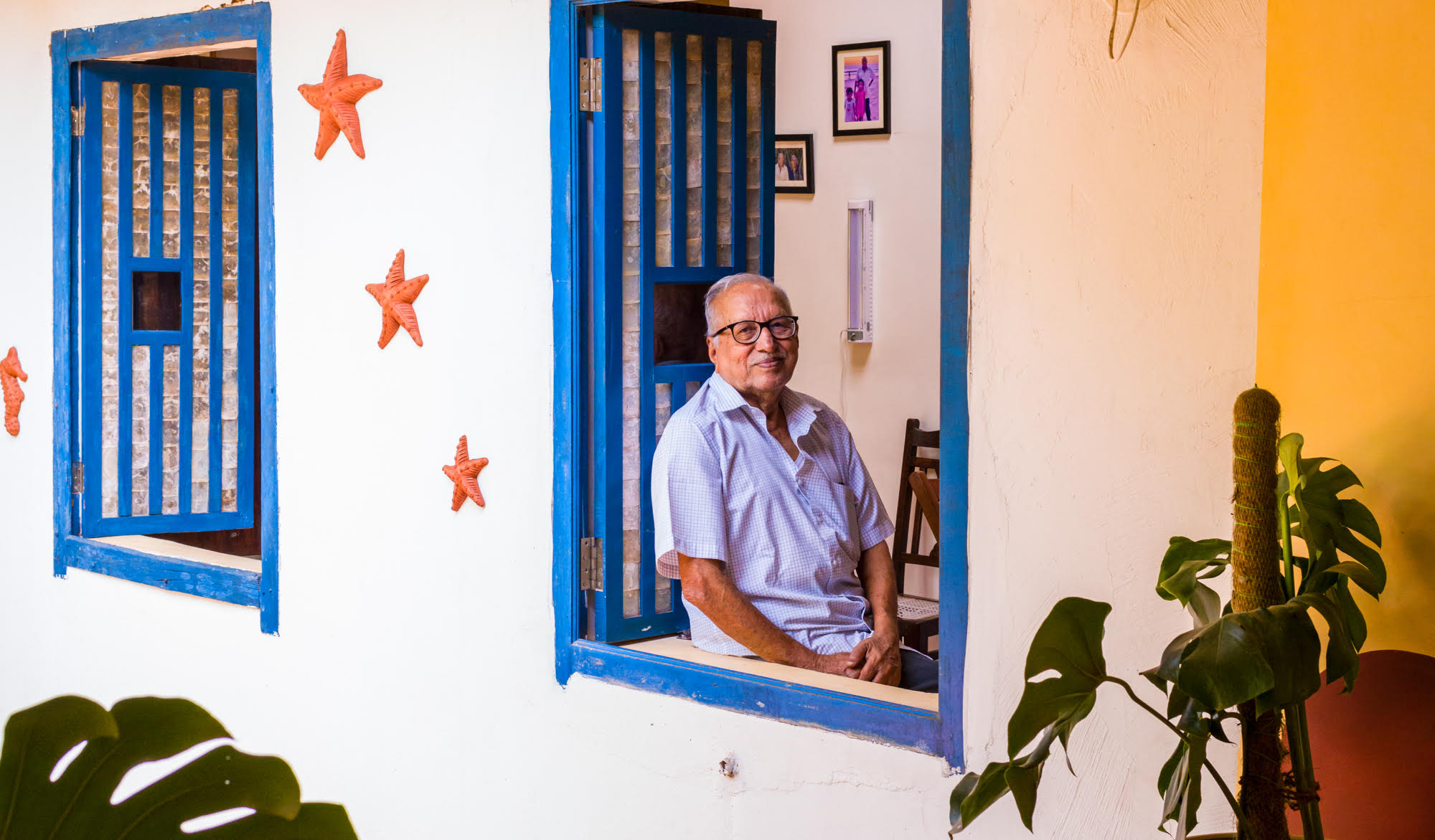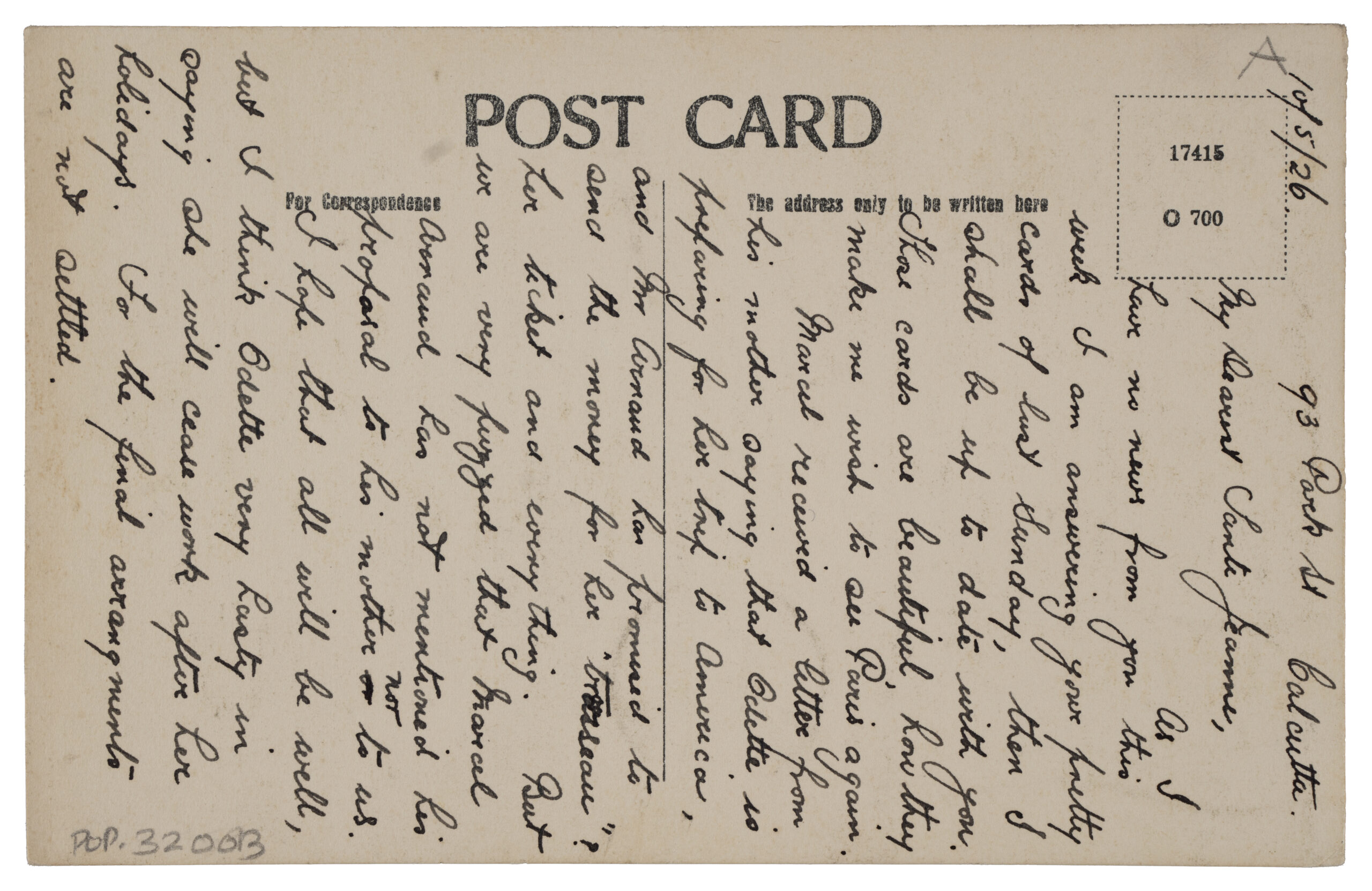Blogs
Seeing, and Seeing Again
Chanpreet Khurana
Bhuri Bai’s art has come full circle, from being shown in her home to galleries and now many homes via the Internet.
To people born in the noughties, life before search engines and social media networks may seem unthinkable. To these children of the 21st century (some of whom are eligible to vote now), online cultural experiences would seem obvious and to-be-expected.
Yet, it’s something to stop and take a note of when tribal art—which has travelled from walls to paper and canvas and from Pitol and Bhopal in Madhya Pradesh to world capitals—appears on the ubiquitous screen.
The art in question is Bhuri Bai’s online exhibition My Life as an Artist.
To be sure, this isn’t the first digital art exhibition or even the first online show in India this year. A spate of art shows and events has moved online in response to the COVID-19 pandemic. However, it is interesting to view this online show in the larger context of Bhuri Bai’s career.
Bhuri Bai’s life in art began as a (small) act of rebellion—of pushing back against patriarchal norms that prevented girls from making traditional art on walls. Her first canvas was the walls of her home which she decorated for festivals like Diwali.
In her late teens—after a chance discovery and a lot of encouragement from the first director of Bharat Bhawan, Jagdish Swaminathan—Bhuri Bai picked up paper and paintbrushes. On paper, she replaced hand-mixed pigments, oil and soot with poster colours but her stories retained their archival impulse—a sort of documentary of her life and life around her.
As these works move online now, Bhuri Bai’s art seems to be coming full circle: a return to the home as the space in which to view and enjoy this art—away from the gallery space and museum vitrines. Sitting in their homes, visitors to this show will be able to see Bhuri Bai’s art up close, in their own time and on their own terms. This could occur in a number of ways.
For one, online exhibitions can give artworks a certain tactility. Viewers can zoom in to get closer and see each stroke, line and dot in sharp focus. (If you have seen Bhuri Bai’s art on Google Arts & Culture, then you may be familiar with this feeling already. Now imagine being able to see her artworks from MAP’s collection in this way and not just the two on Google Arts & Culture.)
Visitors can also swipe and scroll to selectively focus on specific elements, to compare and appreciate them. For example, someone might notice the Gatlas or memory pillars (for village elders and older family members who have passed on and are now seen as guardian angels) across works. Someone else might follow the bullock cart transporting children dressed in bright colours or the bullocks ploughing the fields. Someone else might take note of the geography across the works: the winding road, the sheer variety of medicinal plants and trees of the Jhabua region—from Mahua and Bael to Palash, Sagwan and Surjana—the ponds. Yet others might stop to observe the harmony in human-animal interactions in this landscape (you can’t miss the peacocks). There’s the elements of the mythical and fantastical too, for those visitors who are intrigued by a man riding a crocodile, a deer by the river and a tree that shelters birds and people alike. There’s the elements of hospitality, too, of people sitting in the shade of a large tree, enjoying a drink and a meal.
Online shows democratise the viewing of art. They hand over a lot of control to the viewer, to experience the works in contexts where they are comfortable. To revisit, if and when they like. To multiply the points of entry into a multi sensorial experience of art, with support from the curators and exhibition designers if they choose to use it
Viewers can move back and forth between works and periods at will—of course, they can do this in a physical gallery, too, but it is so much easier, faster, more seamless online..
There’s also the question of when you see the art, how and in what context. With everything online, visitors could opt to take time out to see the works, the film, and upcoming events from this show in one go. Or they could see them interspersed with the other activities of their lives—stealing 15 minutes during lunch to see a work for the 10th time and notice something they hadn’t seen before. Online viewing is ideal for repeat viewing, to discover and rediscover elements at leisure.
